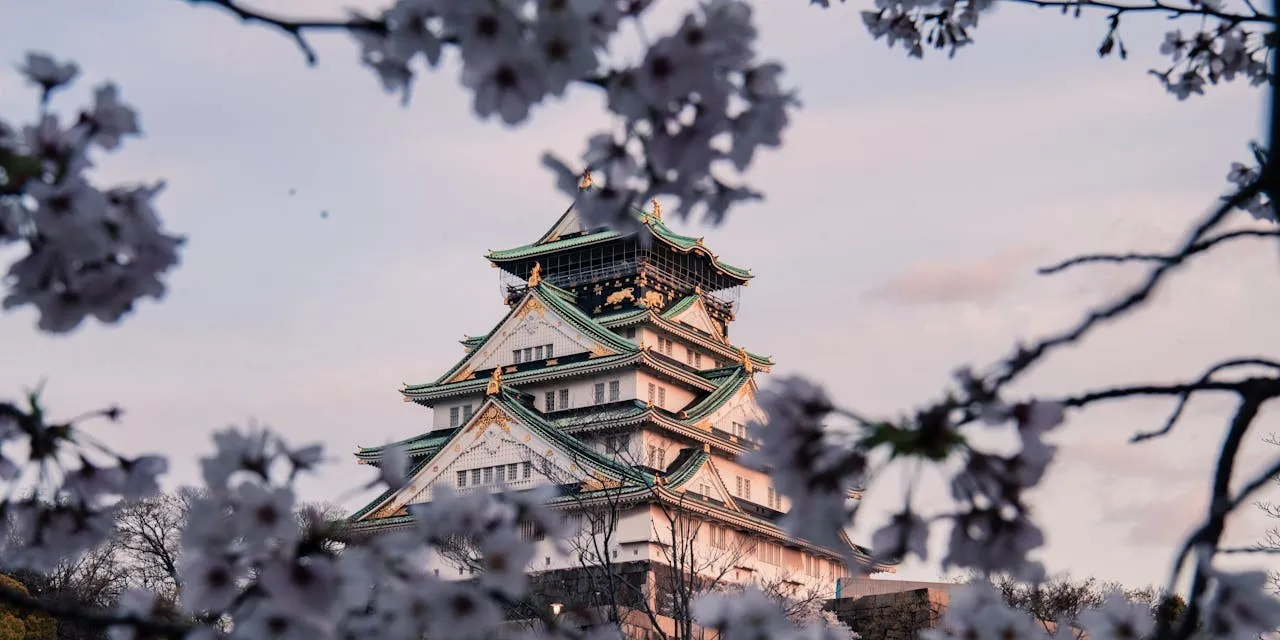Quiet by Design: Lessons from Japanese Architecture

There is a silence to Japanese architecture.
Not absence — but attention. Not emptiness — but invitation.
It doesn’t ask for your awe; it waits for your stillness.
This post is a reflection on what Japanese architecture teaches us — not just about design, but about how to be.
1. Space as Pause — Ma
In Japanese thought, space is not what remains after building — it is what gives the building its rhythm.
The concept of Ma (間) captures this — the pause, the breath, the interval.
It’s the space between the walls, between words, between things — and it holds as much power as the things themselves.
Architecture here isn’t about filling space. It’s about leaving space to be felt.
2. Imperfection as Presence — Wabi-Sabi
Where the West idealized perfection, Japan revered patina.
Wabi-sabi is the worldview that embraces:
- The incomplete
- The weathered
- The humble
- The quietly beautiful
A cracked bowl. A faded timber. A moss-covered stone.
These are not flaws — they are features of time.
In architecture, this means:
- Exposed beams
- Uneven textures
- Soft aging surfaces
- A love for natural decay
3. Nature, Not Decoration
Nature is not something to be framed by a window.
It is invited in — through:
- Shoji screens that filter sunlight like mist
- Inner gardens visible from every room
- Materials like wood, bamboo, and stone left raw and real
Japanese architecture doesn’t resist the seasons. It accommodates them.
4. Thresholds — Not Just Transitions
The Engawa, a liminal space between inside and outside, is a masterpiece of restraint.
Not a hallway, not a veranda — but a pause zone where:
- You sit with tea
- You remove your shoes
- You hear the breeze and the wood beneath it
Modern homes may not have Engawas, but they can learn from them:
Make space to arrive. To pause. To be in-between.
5. Lessons to Carry
Japanese architecture teaches me:
- That silence is not empty, it’s full of presence
- That less is not minimal, but intentional
- That a room should listen, not just serve
- That design can ask you to slow down, not speed up
“In every soundless room, there is a sound waiting to be heard.”
Let this not be an instruction — but a reminder:
Sometimes architecture doesn’t need to say more.
It just needs to say less — more intentionally.

